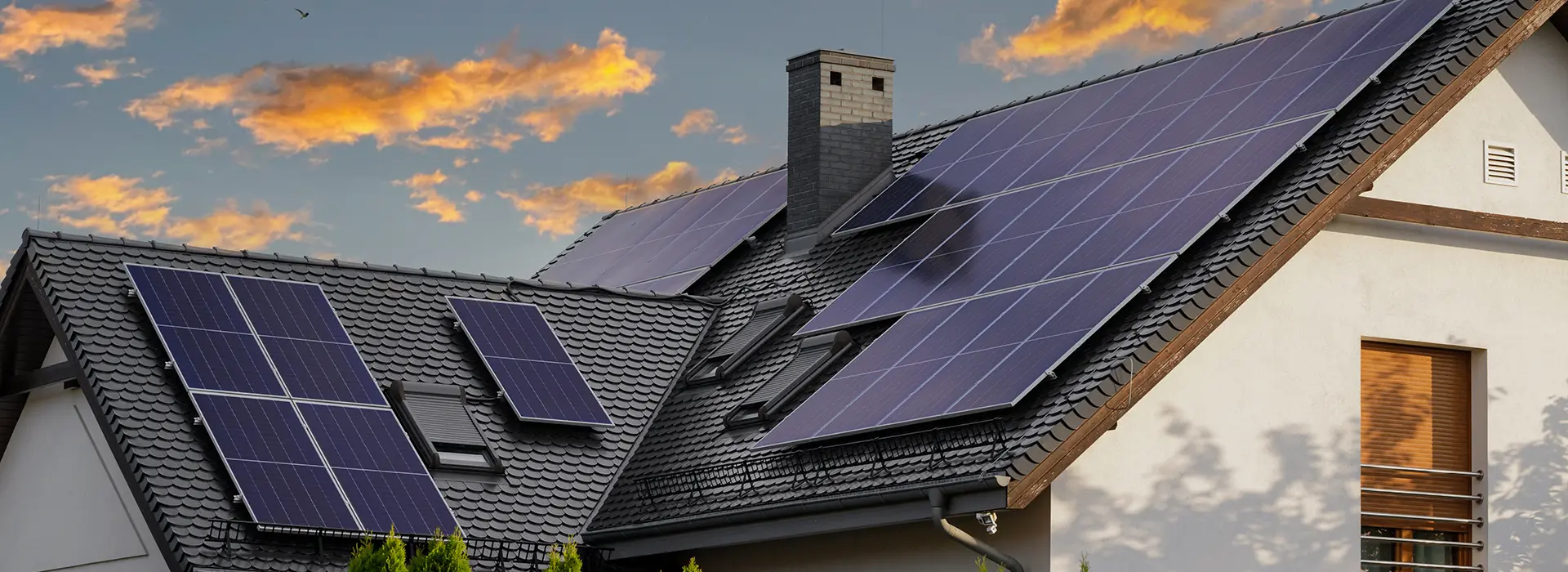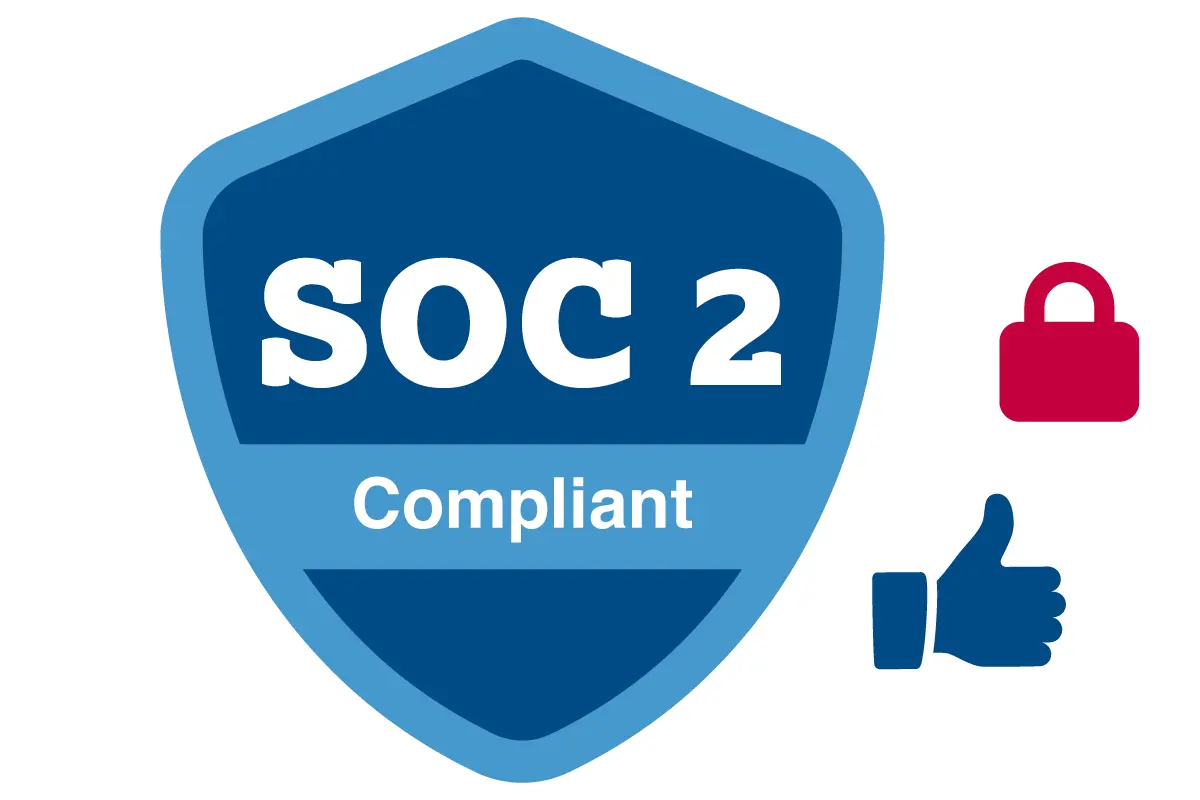
Why Choose Solar Energy?
Solar power is a renewable and sustainable energy source that offers long-term financial and environmental benefits. Key advantages include:
- Lower Electricity Bills: Reduce dependence on traditional energy sources.
- Environmental Impact: Solar energy reduces carbon emissions and reliance on fossil fuels.
- Increased Home Value: Homes with solar panels often have higher resale values.
- Government Incentives: Federal and state tax credits make solar installation more affordable.
Understanding Solar Panel Installation
1. Types of Solar Panels
There are three main types of solar panels available for residential and commercial use:
| Type | Efficiency | Lifespan | Cost |
|---|---|---|---|
| Monocrystalline | High | 25-30 years | Expensive |
| Polycrystalline | Medium | 20-25 years | Moderate |
| Thin-Film | Low | 10-20 years | Affordable |
2. Installation Process
The process of installing solar panels includes several steps:
- Site Assessment: Professionals evaluate roof condition, shading, and sun exposure.
- System Design: A customized solar system is created based on energy needs.
- Permits & Approvals: Local permits and utility approvals are secured.
- Installation: Solar panels and inverters are installed on the roof or ground.
- Inspection & Activation: The system is inspected and connected to the grid.
How Much Do Solar Panels Cost?
The cost of solar panel systems depends on various factors, including location, system size, and installation complexity. Below is an estimated cost breakdown:
| System Size (kW) | Average Cost (Before Incentives) | Estimated Savings Over 25 Years |
|---|---|---|
| 3 kW | $9,000 - $12,000 | $15,000 - $25,000 |
| 5 kW | $15,000 - $20,000 | $25,000 - $40,000 |
| 10 kW | $30,000 - $40,000 | $50,000 - $80,000 |
Government Incentives for Solar Energy
The U.S. government offers several financial incentives to make solar energy more affordable.
Federal Solar Investment Tax Credit (ITC)
- Homeowners can deduct 30% of the installation cost from their federal taxes.
- This incentive is available through 2032, gradually decreasing in future years.
State and Local Incentives
- Many states offer rebates, tax credits, and solar buyback programs.
- Some utility companies provide net metering, allowing homeowners to sell excess solar energy back to the grid.
Solar Financing Options
If upfront costs are a concern, several financing options make solar more accessible:
| Financing Option | Description | Benefits |
|---|---|---|
| Solar Loans | Borrow money to buy panels | Own the system, qualify for tax credits |
| Solar Leases | Rent the panels with fixed payments | No upfront cost, lower energy bills |
| Power Purchase Agreements (PPAs) | Pay for the power produced | No maintenance, predictable rates |
Is Solar Energy Right for You?
Before installing a solar system, consider the following:
- Roof Suitability: A strong roof with good sun exposure maximizes energy production.
- Energy Usage: High energy consumers benefit more from solar savings.
- Budget & Incentives: Utilize federal and state incentives to reduce upfront costs.
Conclusion
Switching to solar energy solutions is a smart investment that lowers energy costs, benefits the environment, and increases property value. With the right solar panel installation, government incentives, and financing options, homeowners can transition to clean energy with ease. If you're ready to go solar, now is the best time to take advantage of available tax credits and rebates.









